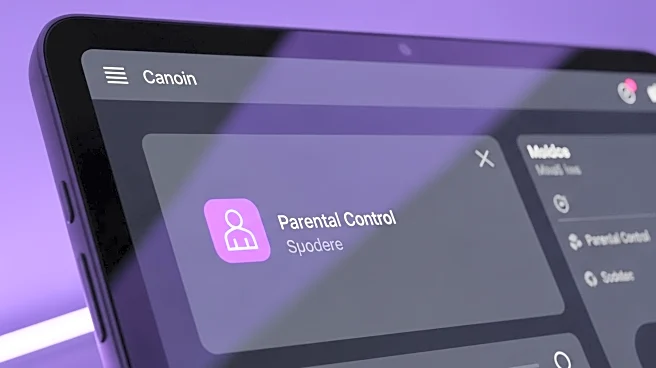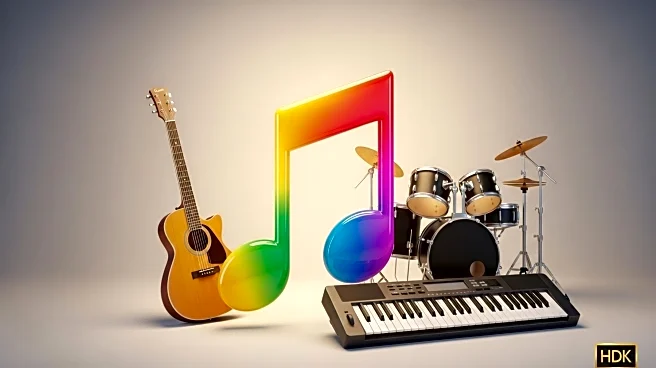What's Happening?
Instagram is introducing new PG-13 style restrictions for teen accounts, marking the most significant overhaul since their inception. These changes, inspired by PG-13 movie ratings, aim to restrict sexualized
content and other adult material from being accessible to teens. The rollout begins in the US, UK, Australia, and Canada, with plans for global implementation by the end of the year. The new system filters out not only adult themes but also strong language, dangerous stunts, and posts promoting risky behaviors. Teens under 18 will automatically be placed into this experience, requiring parental approval to opt out.
Why It's Important?
The introduction of PG-13 restrictions on Instagram is crucial for enhancing online safety for teenagers. By limiting exposure to inappropriate content, Instagram is addressing concerns about the impact of social media on young users. This move could set a new standard for content moderation across social media platforms, influencing how they manage teen accounts. It also highlights the growing role of parental control in digital environments, potentially leading to increased trust and engagement from parents concerned about their children's online activities.
What's Next?
As Instagram rolls out these restrictions, the platform will likely monitor their effectiveness and gather feedback from users and parents. The success of this initiative could lead to similar measures being adopted by other social media platforms, including Facebook. Instagram's approach may also prompt discussions on the balance between user freedom and protection, influencing future policy decisions in the digital space. The platform's ongoing collaboration with parents suggests that further enhancements to teen account safety could be developed.
Beyond the Headlines
The implementation of PG-13 restrictions on Instagram could have broader cultural implications, reflecting societal shifts towards prioritizing youth safety in digital spaces. This move may influence how content is created and shared, encouraging creators to consider the impact of their material on younger audiences. Additionally, it could spark debates on censorship and the role of social media in shaping cultural norms, as platforms navigate the complexities of content moderation.











